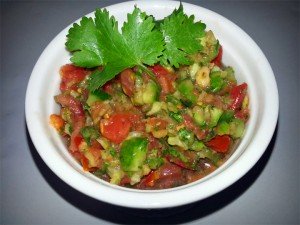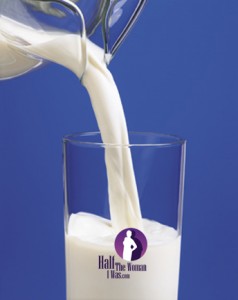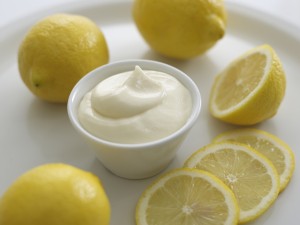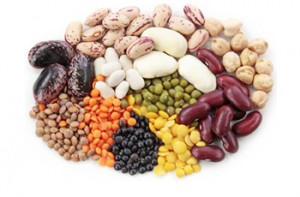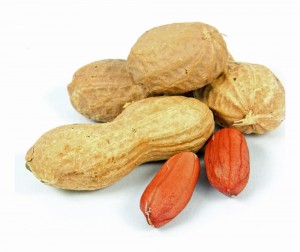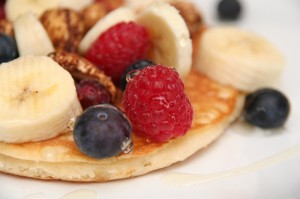
Remember the old school days before the word peanut struck fear into the hearts and minds of school teachers everywhere? As kids we used to eat a lot of peanut butter. But with our new view on healthy eating we’ve come to realise that commercially bought peanut butters are generally packed with sugar, salt, oil and additives, which are best avoided.
In actual fact homemade nut butters are a healthy option, and in moderation can form a delicious and nutritious part of a healthy eating plan. There are plenty of nuts that contain real health benefits – walnuts, Brazils, almonds just to name three. Read my blog on the benefits of different nuts here.
And when it comes to homemade nut butters the bottom line is that healthy versions should contain only one ingredient… NUTS! So here’s how to make your own healthy home-made nut butters.
Making homemade nut butter can take up to 15 minutes of actual time in the food processor to release the oils from the nuts, so this is a job of patience. You’ll need a good quality food processor or a Thermomix and for best results follow these tips.
Tips
Always start with fresh raw and unsalted nuts.
Nuts are high in natural oils and can go rancid when stored at room temperature so store them in the freezer until ready to use.
You can roast your nuts just prior to making homeade nut butter (on 80 degrees Celsius for about 40 minutes), but raw nuts are best used to preserve the natural oils, vitamins and minerals.
For a runnier consistency include a proportion of nuts with a very high natural oil content like macadamias, cashews or Brazils.
If your homemade nut butter is a little too firm you can add a small amount of nut oil such as macadamia oil to get the desired consistency.
Once your homemade nut butter is finished you can season to taste with spices, herbs, mineral salt or a sweetener if desired.
Remember to store your finished homemade nut butter in the refrigerator and remember it will firm up when cold and keep up to 2 weeks (if it lasts that long!)
Sigrid’s Basic Homemade Nut Butter
Ingredients:
60g raw almonds (with skin)
40g raw Brazil nuts
30g raw Pecan Halves
40g raw Walnut halves
30g raw hazelnuts
A little macadamia oil (if required)
Pink salt flakes
Method:
1. Place the nuts in the work bowl of a food processor fitted with the regular cutting blade.
2. Process the nuts for about 45 seconds and stop the machine and then scrape down the sides of the bowl. You will have nut crumbs.
3. Continue processing for another 1 to 2 minutes until the ground nuts come together into a ball. Scrape down the sides of the bowl.
4. Taste the nut butter and add a little mineral or pink salt flakes.
5. Continue to pulse the nut butter until it reaches the desired consistency – up to another 10 minutes depending on the quality and strength of your food processor.
6. Stop and scrape down the sides of the bowl regularly to ensure even texture.
7. Store your homemade nut butter in a sealed contained in the fridge for up to 2 weeks.
This butter is delicious on a piece of toasted 100% rye sourdough or pumpernickle.
For Chunky Nut Butter
Remove 35g of the nuts prior to processing.
Follow the nut butter instructions to step 6 when the nut butter is finished.
7. Then stir in the nuts that you had set aside.
8. Process for a few seconds to cut the whole nuts into chucks.
9. Store your homemade nut butter in a sealed contained in the fridge for up to 2 weeks.
Cinnamon Walnut Butter
Ingredients:
200g raw shelled walnuts
½ teaspoon (or more) of cinnamon
Pink salt flakes to taste
Sprinkling of Stevia extract to taste
Method:
1. Place the walnuts in the work bowl of a food processor fitted with the regular cutting blade.
2. Process the nuts for about 45 seconds and stop the machine and then scrape down the sides of the bowl. You will have nut crumbs.
3. Continue processing for another 1 to 2 minutes until the ground nuts come together into a ball. Scrape down the sides of the bowl.
4. Taste the nut butter and add the cinnamon, salt and Stevie. Adjust any quantities you require.
5. Continue to pulse the nut butter until it reaches the desired consistency – up to another 10 minutes depending on the quality and strength of your food processor.
6. Stop and scrape down the sides of the bowl regularly to ensure even texture.
7. Store your homemade nut butter in a sealed contained in the fridge for up to 2 weeks.
